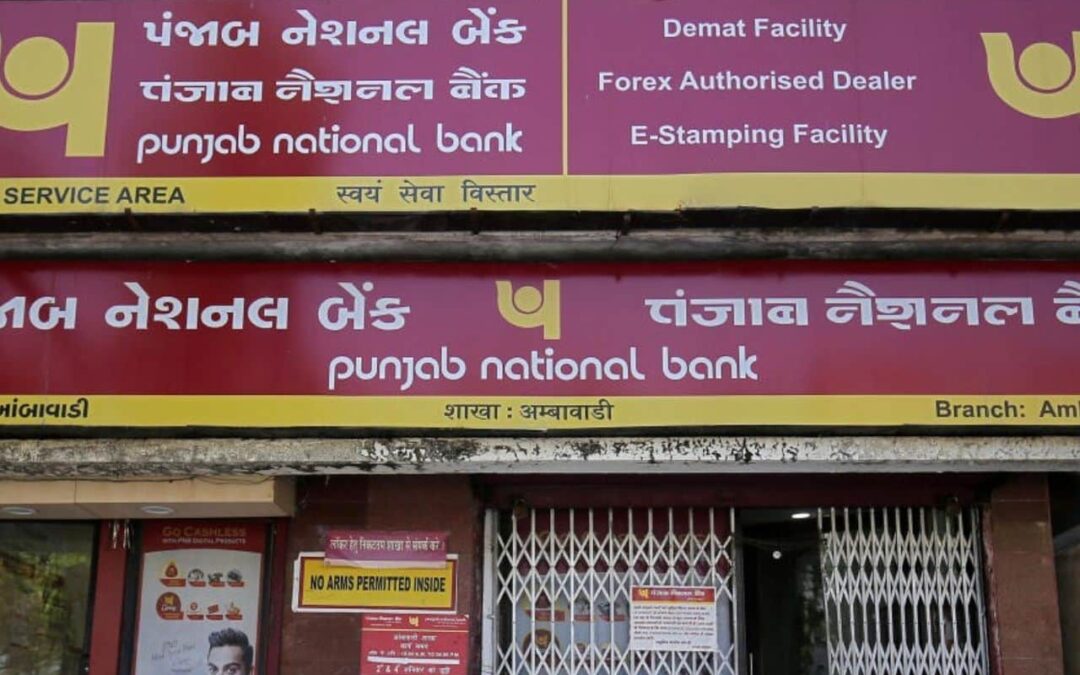Synopsis:
Both PNB and BOB have announced their financial results for the first quarter of this financial year.
India’s second and third largest PSU banks by market capitalization are in focus after they reported their results for Q1 FY26. In this article, we will dive into the details of how both these banks performed and which could be a right addition to your portfolio.
Financial Highlights
Punjab National Bank (PNB) reported a net interest income of Rs 10,578 crores in Q1 FY26, up by 1 percent from its Q1 FY25 income of Rs 10,476 crores. However, on a QoQ basis, it declined by 1.7 percent from Rs 10,757 crore.
PNB reported a net profit of Rs 1,675 crores in Q1 FY26, down by 48.5 percent from its Q1 FY25 profit of Rs 3,252 crores. Additionally, on a QoQ basis, it declined by 63 percent from Rs 4,567 crore.
On the other hand, Bank of Baroda reported a net interest income of Rs 11,435 crores in Q1 FY26, down by 1.4 percent from its Q1 FY25 income of Rs 11,600 crores. Additionally, on a QoQ basis, it declined by 0.51 percent from Rs 11,494 crore.
BOB reported a net profit of Rs 4,541 crores in Q1 FY26, up by 1.9 percent from its Q1 FY25 profit of Rs 4,458 crores. However, on a QoQ basis, it declined by 10 percent from Rs 5,048 crore.
Advances and Deposits
PNB’s total deposits stand at Rs 15,89,379 crore in Q1 FY26, which grew by 12.9 percent from its Q1 FY25 figure of Rs 14,08,247 crore and grew 1.5 percent from its previous quarter figure of Rs 15,66,623 crore.
Total Advances stand at Rs 11,29,898 crore in Q1 FY26, which grew by 9.8 percent from its Q1 FY25 figure of Rs 10,28,682 crore and grew 1.2 percent from its previous quarter figure of Rs 11,16,637 crore.
PNB’s Net Interest Margin (Domestic) declined 37 bps to 2.84 percent as compared to 3.21 percent a year earlier. Additionally, it declined 12 bps from its previous quarter margin of 2.96 percent.
On the other hand, BOB’s total deposits stand at Rs 14,35,634 crore in Q1 FY26, which grew by 9.1 percent from its Q1 FY25 figure of Rs 13,15,573 crore and declined 2.5 percent from its previous quarter figure of Rs 14,72,035 crore.
Total Advances stand at Rs 12,07,056 crore in Q1 FY26, which grew by 12.6 percent from its Q1 FY25 figure of Rs 10,71,681 crore and declined 1.9 percent from its previous quarter figure of Rs 12,30,461 crore.
BOB’s Net Interest Margin (Domestic) declined 24 bps to 3.06 percent as compared to 3.30 percent a year earlier. Additionally, it declined 10 bps from its previous quarter margin of 3.16 percent.
Asset Quality
PNB’s GNPA% drastically improved by 120 bps to 3.78 percent in June 2025 as compared to 4.98 percent a year ago. Its NNPA also improved by 22 bps to 0.38 percent in June 2025 as compared to 0.60 percent a year ago.
It has a slippage ratio of 0.71 percent as compared to 0.76 percent a year earlier. Provision Coverage Ratio (PCR) stands at 96.88 percent as compared to 95.90 percent a year earlier.
BOB’s GNPA% improved by 60 bps to 2.28 percent in June 2025 as compared to 2.88 percent a year ago. Its NNPA also improved by 9 bps to 0.60 percent in June 2025 as compared to 0.69 percent a year ago. It has a slippage ratio of 1.16 percent as compared to 1.05 percent a year earlier. Provision Coverage Ratio (PCR) stands at 93.18 percent as compared to 93.32 a year earlier.
Other Ratios
PNB’s Return on Assets (ROA) stands at 0.37 percent in Q1 FY26, which declined 45 bps from 0.82 percent in Q1 FY25, and declined 65 bps on a quarterly basis. Additionally, Return on Equity (ROE) declined by 1023 bps and currently stands at 6.59 percent as compared to 16.82 percent from Q1 FY25 and declined 1264 bps on a quarterly basis.
Capital Adequacy Ratio (CAR) stands at 17.50 percent in Q1 FY26, which declined by 171 bps from 15.79 percent in Q1 FY25, also it declined by 49 bps from its previous quarter.
BOB’s Return on Assets (ROA) stands at 1.03 percent in Q1 FY26, which declined 10 bps from 1.13 percent in Q1 FY25, and declined 13 bps on a quarterly basis.
Additionally, Return on Equity (ROE) declined by 240 bps and currently stands at 15.05 percent as compared to 17.45 percent from Q1 FY25 and declined 244 bps on a quarterly basis.
Capital Adequacy Ratio (CAR) stands at 17.61 percent in Q1 FY26, which surged by 79 bps from 16.82 percent in Q1 FY25; however, it increased by 42 bps from its previous quarter.
Conclusion
Both Punjab National Bank and Bank of Baroda had mixed results in Q1 FY26. Bank of Baroda showed stronger profits, better returns, and higher margins, while Punjab National Bank did well in growing deposits and improving asset quality.
If you are looking for stability and steady performance, BOB seems better placed for now. But if you believe in a long-term recovery story, PNB could be worth considering. As always, investors should do their own research before making any decisions.
Written by Satyajeet Mukherjee
Disclaimer

The views and investment tips expressed by investment experts/broking houses/rating agencies on tradebrains.in are their own, and not that of the website or its management. Investing in equities poses a risk of financial losses. Investors must therefore exercise due caution while investing or trading in stocks. Trade Brains Technologies Private Limited or the author are not liable for any losses caused as a result of the decision based on this article. Please consult your investment advisor before investing.





